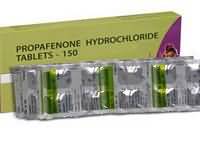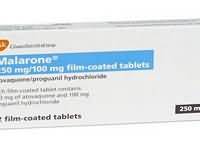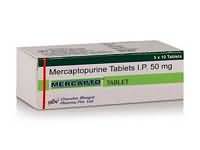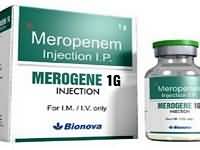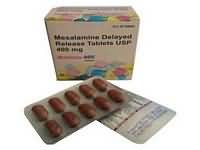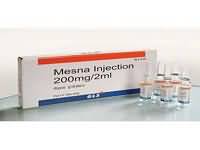reteplase

CLINICAL USE
Thrombolytic, used for acute myocardial infarctionDOSE IN NORMAL RENAL FUNCTION
10 units over 2 minutes; second dose of 10 units given 30 minutes laterPHARMACOKINETICS
DOSE IN RENAL IMPAIRMENT
GFR (mL/MIN)
DOSE IN PATIENTS UNDERGOING RENAL REPLACEMENT THERAPIES
IMPORTANT DRUG INTERACTIONS
Potentially hazardous interactions with other drugsAntiplatelets, heparin, vitamin K antagonists: increased risk of bleedingADMINISTRATION
Reconstition
With diluent providedRoute
Slow IVRate of Administration
Over not more than 2 minutesComments
Use immediately once reconstituted Do not mix with heparin in the same lineOTHER INFORMATION
Heparin and aspirin should be given before and after reteplase therapy to reduce the risk of re-thrombosis but may increase the risk of bleedingHalf-life is increased in severe renal failure in animal modelsPossible increased risk of bleeding complications in severe renal impairment.
See how to identify renal failure stages according to GFR calculation
See how to diagnose irreversible renal disease
Home
